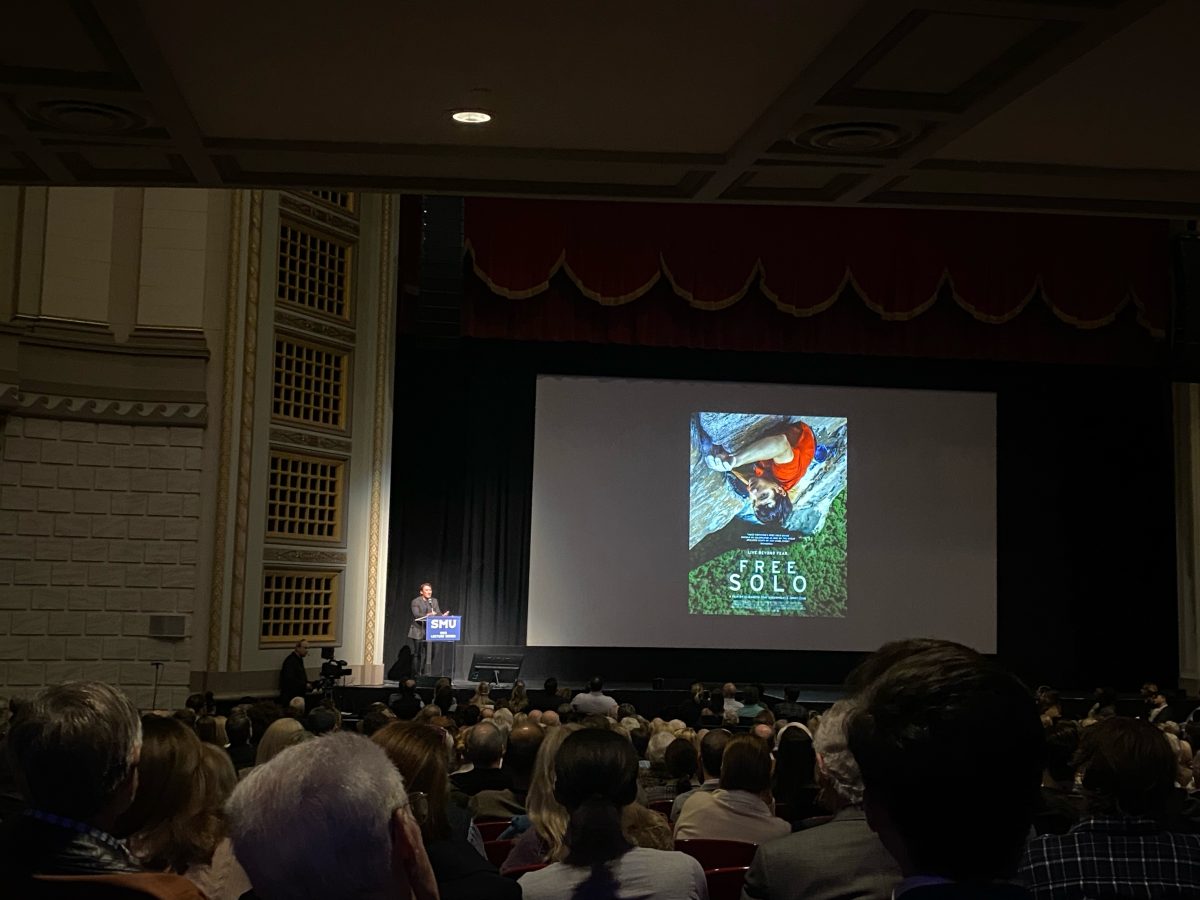
An effective treatment for coping with health conditions and mental disorders, art therapy integrates psychotherapy with creativity to improve well-being. Art is undoubtedly a powerful method of communication, full expression and symbolism, making it the perfect therapeutic medium for therapists to help patients’ mental well-being. Allowing people to tap into emotional topics, art therapy is helping heal patients of all ages suffering from a variety of health conditions and mental disorders.
Conventional mental health therapy where patients sit down and talk through their problems and concerns can be effective, but doesn’t always help. For those looking for a less traditional and more interesting alternative, art therapy could be the perfect creative outlet to ease one’s mind.
Art therapy is the therapeutic use of art-making by those experiencing illness, trauma or challenges of living, or by anyone just seeking personal development.
Through the process of creating art, people are able to increase awareness of self and others, cope with stress and traumatic experiences. Art therapy is also known to help enhance cognitive abilities and enjoy the simple pleasures of making art.
Trained in both art and therapy, art therapists are knowledgeable about human development, psychological theories and clinical practice. These therapists take a new approach to helping patients by combining spiritual, multicultural and artistic traditions with the healing power of art.
Many art therapists use pictures, art supplies and visual symbols to develop an understanding of behavior to help their patients address personal concerns and conflicts.
Art therapists work with people of all ages whether it is one individual or a group providing services in settings such as mental health, rehabilitation, medical and forensic institutions, wellness centers and independent practices.
Art therapy is an effective treatment for people experiencing developmental, medical, educational and social or psychological impairment. Many individuals who have survived trauma resulting in combat, abuse and natural disasters, people with adverse physical health conditions such as cancer, brain injury and other health disabilities, and those with autism, dementia, depression and other mental disorders.
Creating art, viewing it and discussing the creations provides a means for people to cope with emotional conflict, increase self awareness and express unspoken and sometimes unconscious concerns that may exist about an individuals illness.
Creating, drawing or painting an emotion or event can sevre as a tool that helps the art therapist guide patients through the process of dealing with concerns.
Some forms of art therapy take a different approach where therapists let patients view pieces of art, typically in photographs, and then discuss what the patients’ interpretations are of the artwork.
A body-mind therapy, The American Cancer Society has said that art therapy has not yet undergone rigorous scientific study to determine its therapeutic value for those suffering from cancer, but several clinicians have documented impressive benefits among those participating in art therapy.
This form of therapy has been known to help patients express their feelings about cancer through art as well as discuss related emotions and concerns.
Many therapists attribute the creation of art with the ability to help people express painful thoughts or memories. Which in turn helps patients cope with whatever illnesses or difficulties they are experiencing.
Talking about traumatic or painful experiences that could be hidden in the subconscious mind is a vital part of the healing process that is often overlooked in tradition mental health therapies. Yet above all, art therapy provides an opportunity to enjoy the immense pleasures of art making.
Although this form of therapy is nothing new, it is a practice that is commonly overlooked by those seeking therapy. Art therapy extends beyond the painting on a canvas. Dance and music therapy are other facets of this unique therapeutic approach.
Dance therapy uses movement to improve mental and physical well-being. A recognized form of complementary therapy, dance therapy is used in hospitals and comprehensive clinical cancer centers.
Multiple clinical reports have claimed that dance therapy helps people develop positive body image, improve self-concept and self-esteem, reduce stress, anxiety and depression. It is also known to help decrease feelings of isolation, chronic pain and body tension as well as improve communication skills and encourage a sense
of well-being.
Music therapy uses music to promote healing and enhance patients’ overall quality of life. A complementary therapy, music therapy is used along with cancer treatments to help patients cope mental and physically with their diagnosis.
Commonly involving listening to music, creating music, singing and discussing music in addition to guided imagery with music, this therapy has positive impacts on the body, mind and spirit of children and adults.
Art therapy is used to treat a variety of mental disorders and psychological distress. In several cases, art therapy is used in tandem with other psychotherapy techniques. This method of therapy can help children with learning disabilities and adults experiencing severe stress.
The Art Station located in Fort Worth is a non-profit organization dedicated to providing a safe, encouraging environment where art can be used to promote personal growth and healing. This organization is an advocate for the use of art therapy within the surrounding community.
The Art Station was created around the belief of the healing potential of art within a therapeutic relationship serving as an effective method of treatment. For more information about receiving services at The Art Station visit their website or call 817-921-2401 to determine immediate availability of services.








